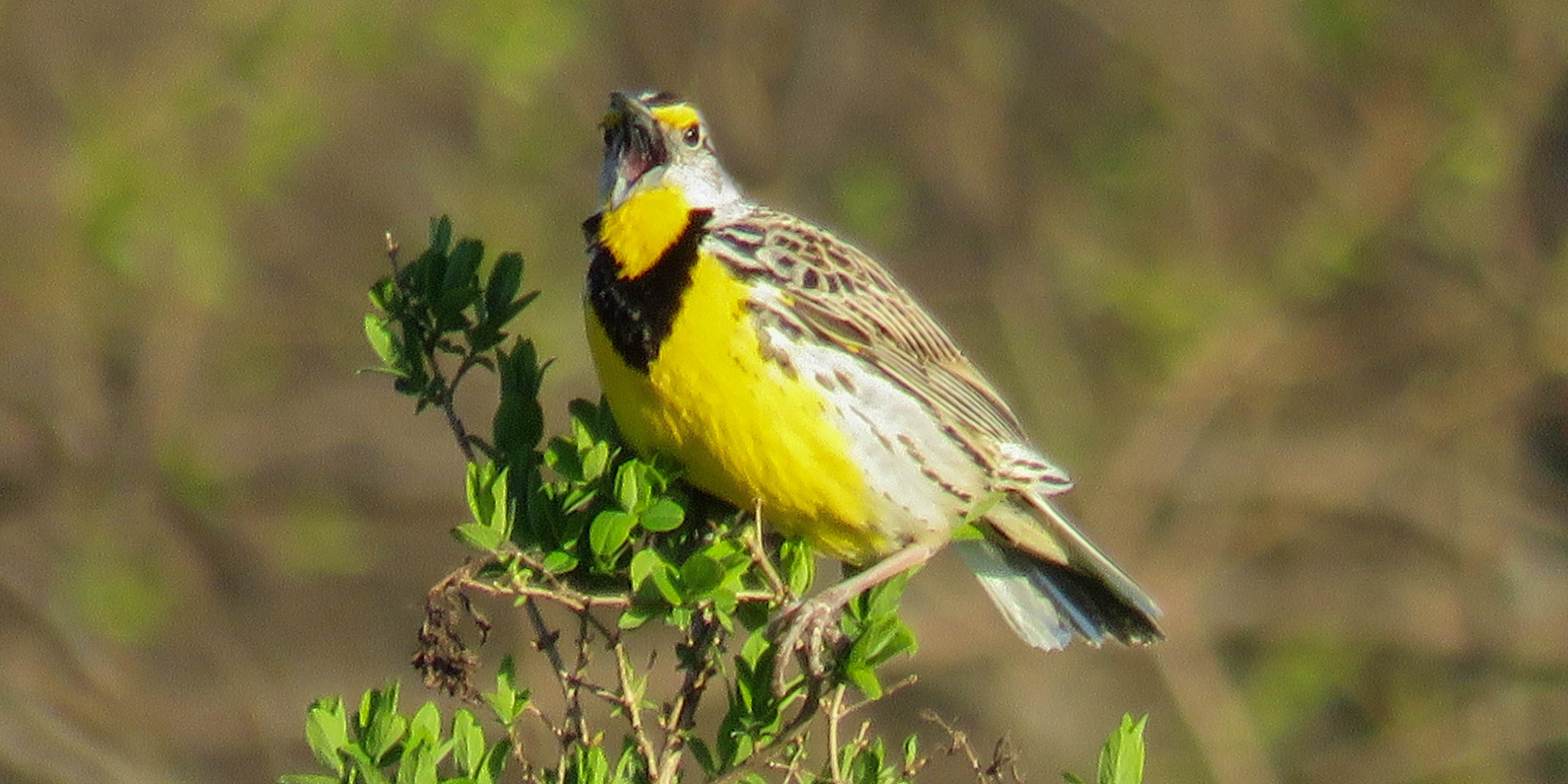Originally published 18 March 1985
This morning he was there, hiding in a meadow beaten flat by winter, in a cavity of crumpled grass that had been abandoned for a deeper burrow by some still-sleeping creature. Spring was hiding that borrowed nest. It was the middle of March and meadowlark was back!
I didn’t see him. You don’t often see an early meadowlark unless you come close enough to scare him up from his hiding place. But his long, slurred, double-noted call is as sure a sign of spring as a crocus, and, like the crocus, a trifle premature. In a month or two the meadow will be lush and green, but today the thought of spring is tinged with heartache. Like the sweet sad song of the meadowlark.
Sad beginnings
Why are beginnings touched with sadness? The birth of a child, the beginning of a new year, the first triumphant notes of a Beethoven symphony, the call of a wild bird in an awakening meadow — all are moments of promise, of joy even, and all are infected with a strange sweet melancholy. Does the meadowlark know something we don’t know? That priestly bird in black-and-gold vestments has a secret. From his hiding place in the crumpled grass he lectures on existential philosophy, and discourses on roses and thorns. His hopeful announcement of spring is edged in gray. This beginning, like all beginnings, wears its ending like a dark shadow.
There’s no mistaking a meadowlark’s call. I can whistle it. But how do I describe it? A dive from a springboard into icy water? A cold April wind breaking on window glass? No, neither quite works.
I go to my bird books. The Golden Field Guide provides a very scientific “sonagram” of frequency versus time. The song, I can see from the graph, is about two seconds long and ranges from three to four octaves above middle‑C. That is of no use at all.
Peterson’s Guide is a little better. “Two clear, slurred whistles, musical and pulled out.” “Tee-yah, tee-yair,” tries Peterson, striving for objectivity, and that gets us close to the sound but not to the strange, sad music.
‘La Traviata’
As usual, one has to go back to the older guidebooks for something closer to the reality. Chapman’s classic Handbook of the Birds, published in 1895, catches a bit of it. “The meadowlark’s song is a clear, plaintive whistle of unusual sweetness.” Ah, that’s better. The sweet and the sad.
But in this matter, as in all things pertaining to birdsong, F. Schyler Matthews’ 75-year-old Field Book of Wild Birds and their Music does it best. The song, says Matthews, is “unquestionably pathetic, if not mournful.” And with his characteristic extravagance, Matthews transcribes the meadowlark’s call as the first two bars of Alfredo’s song in La Traviata, but sung (of course) the way Violetta sings them when she discovers she must give up Alfredo.
The sweet and the sad. The song of the meadowlark. Spring!
You can listen to the meadowlark’s song at eBird.org. ‑Ed.



